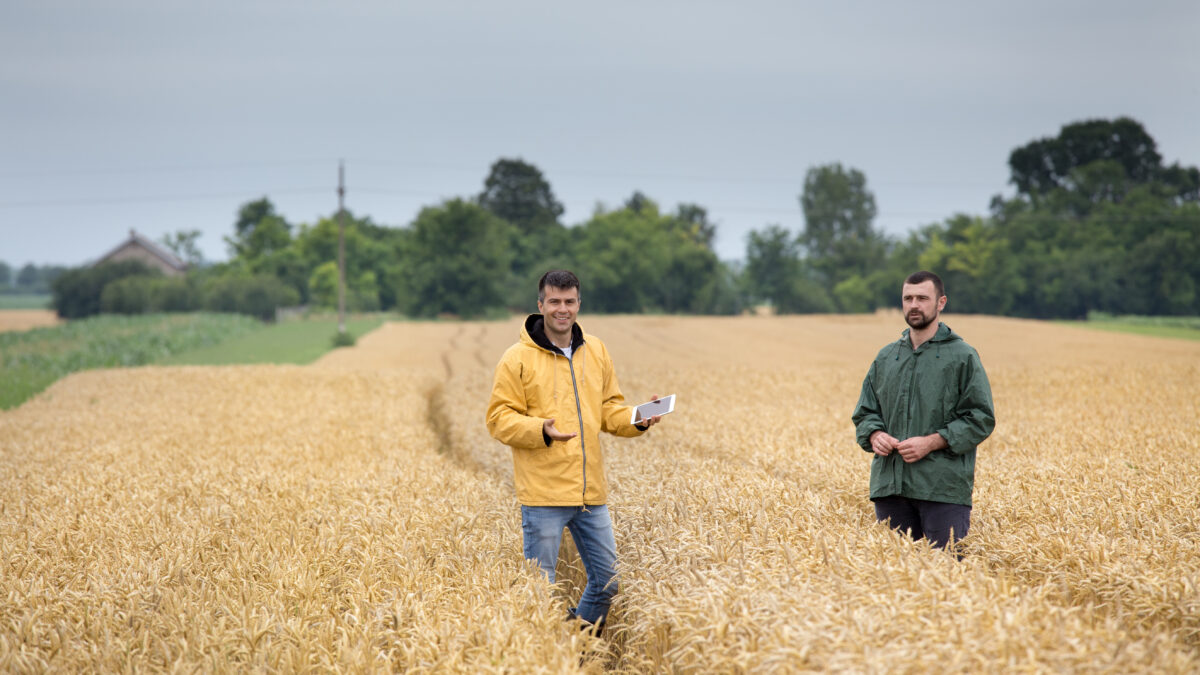Smart farming, defined as the production of agricultural goods based on technology and the collection of data from various sources – including on weather, soil and plants – aims to improve crop yields while concurrently protecting the environment. This approach to agriculture is based on scientific findings in tandem with the experience of farmers and agricultural advisers. Smart farming can be supported through specific practices that benefit both agricultural operations and farmers themselves. More specifically, the European Innovation Partnership has documented seven ways to support the implementation of smart farming in European agricultural operations.
Firstly, farmers must actively participate in the development of smart farming tools to ensure that these tools are created based on their actual farming needs. One of the key steps, however, is the training of farmers on smart farming topics.
The second step is providing support through agricultural advisers, who can play a crucial role in informing farmers on smart farming practices.
The third step is the development of tools that take into account the geographic regions and socio-economic differences in Europe, such as the varying levels of education and income. This ensures availability of tools for all farmers, resulting in an inclusive digital upgrading of the agricultural sector with no farmer left behind.
Fourth, an ongoing issue for farmers is how to use the data collected on their crops by the various smart farming tools. In other words, farmers will have to be able to understand how to use the data produced by their agricultural operations.
Fifth, more research and actual implementation of the technology is required for farmers to understand the demonstrable results of smart farming in practice.
Sixth, cooperatives should assume a key role in innovation and research to develop smart farming tools, as they are uniquely positioned to disseminate the relevant results to a larger number of farmers.
Finally, new means are needed to process data from open sources, such as satellites.










